
Winters in Texas have become unpredictable. With extreme highs and extreme lows in recent years, preparing your home for the winter months has proven to be vital. Preparation is easy and effective with a few simple steps. In this article, we will explore practical tips to winterize your home, ensuring comfort, energy efficiency, and protection against unpredictable winters.
Gutters
- Clean your gutters and inspect your roof for any damaged or missing shingles. Proper drainage is essential to prevent water damage and ice dams. Trim overhanging branches to reduce the risk of them breaking and causing damage during winter storms.
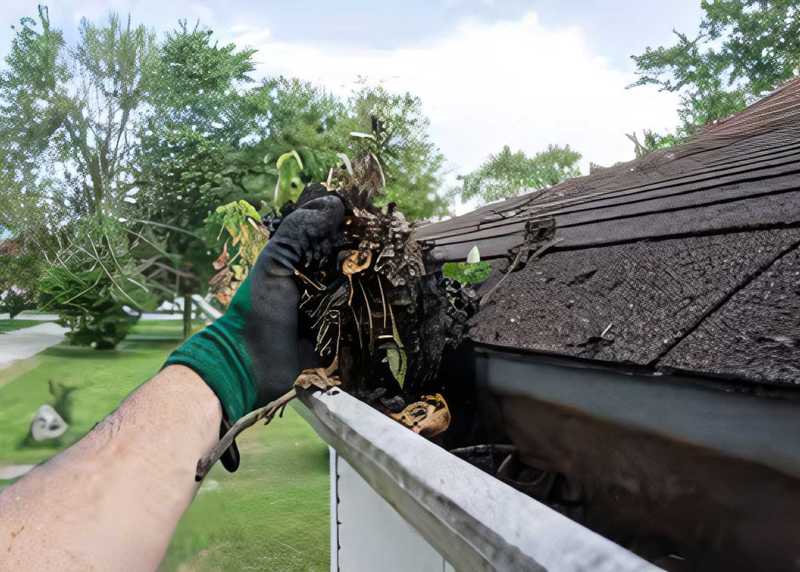
Winterize your sprinkler system
- Failure to drain all the water during a hard freeze can result in cracks and complete breaks. This should be done no less than one week BEFORE a “hard freeze”. For best results, a plumbing or irrigation professional should be contacted to prevent unintended damage to your system.
Precautionary Steps:
- Shut off the water
- Turn off the timer
- Drain ALL the water
- Insulate above ground components including but not limited to the above ground backflow preventers, sprinkler heads and valves. DO NOT block air vents or drain outlets.
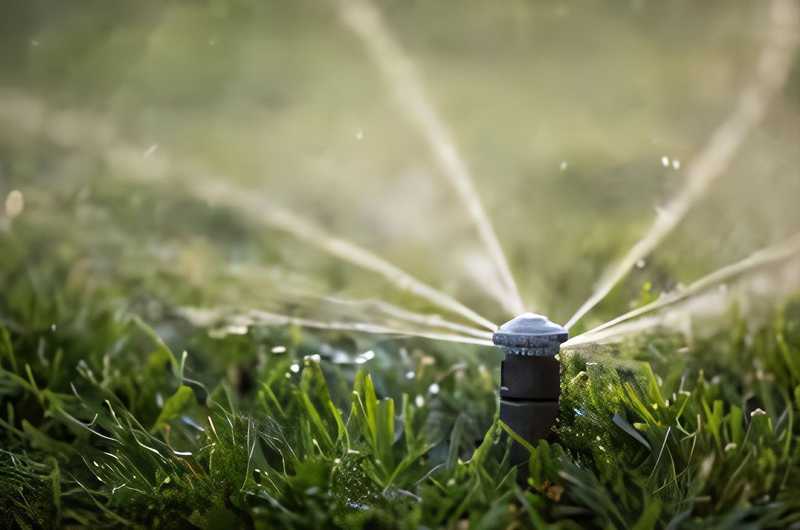
Turn Off and Winterize Pool Equipment
Best results can be had by reaching out to a professional pool maintenance service. A certified technician can provide valuable insights into the specific requirements of your pool equipment and ensure a thorough winterization process.
Your professional may recommend fully shutting down, insulating and winterizing your pool, or operating it through winter to keep the water flowing and cycling, depending on forecasted weather and temperatures.
Insulate your pipes
- Frozen pipes can lead to significant damage. Insulate pipes in unheated areas, such as the attic and over garage spaces. Additionally, let faucets drip during extremely cold nights to prevent freezing. Disconnect and drain outdoor hoses and insulate outdoor faucets.
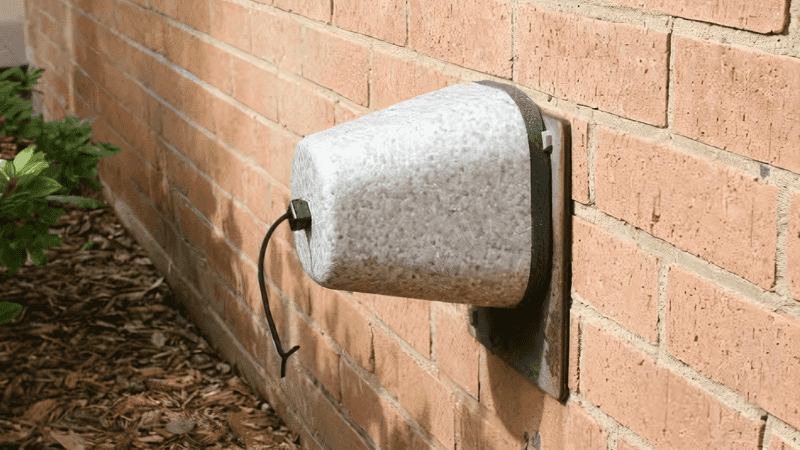
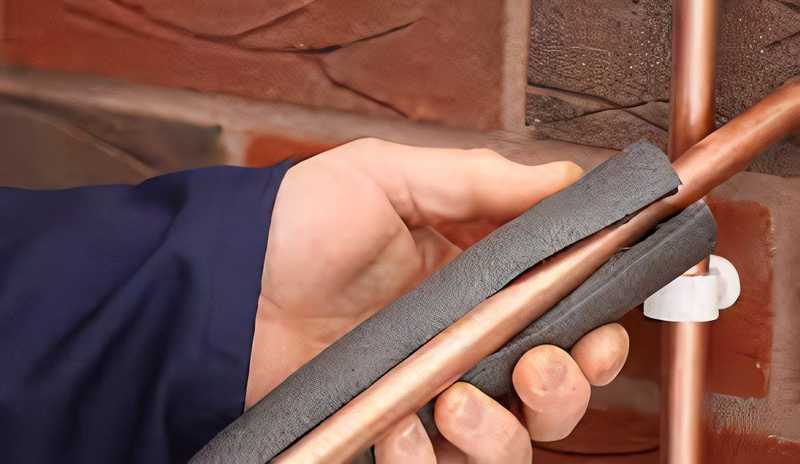
Seal cracks around doors and windows
- Begin by checking for drafts around windows and doors. Drafts can significantly impact the efficiency of your heating system. Seal any gaps or cracks using weatherstripping or caulking to prevent cold air from entering and warm air from escaping.
Heating system checked and serviced
- Schedule a professional inspection for your heating system. Replace filters, clean ducts, and ensure that your furnace or heating system is in optimal condition. Regular maintenance not only improves efficiency but also reduces the risk of breakdowns during cold spells. This is crucial when trying to avoid frozen pipes.
Test Smoke and Carbon Monoxide detectors
- Ensure that your smoke and carbon monoxide detectors are in good working order. Winter often sees an increase in the use of heating devices, so it's crucial to have these safety measures in place.
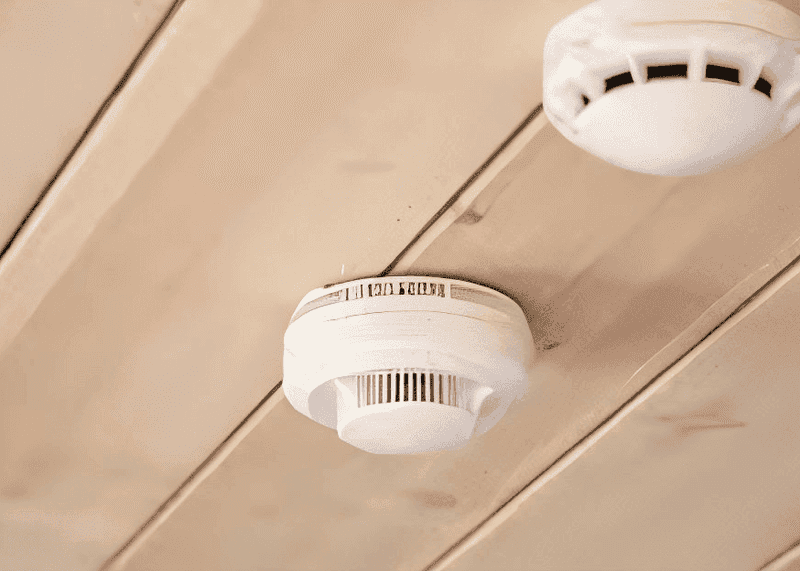
Stock up on winter supplies
- Be prepared for winter emergencies by stocking up on essentials. This includes water, extra blankets, flashlights, and non-perishable food items in case of power outages.
Winterizing your home for inclement weather is a crucial undertaking to safeguard it from potential damage and avoiding costly repairs. By diligently following these precautionary steps, you are not just protecting your property, but also ensuring the safety and comfort of those within. Stay warm, stay safe, and may your home weather the season with resilience.
The Northwest Freeway MUD website will be updated, as needed, with information regarding weather and storm warnings, and any possible impacts to facilities as a result of severe weather. This will ensure that you have the latest information as it relates specifically to Northwest Freeway MUD.
Did you find this article helpful? Your neighbors and friends might too. Spread the news via the share button at the top of this article to Facebook, Twitter & Nextdoor!
